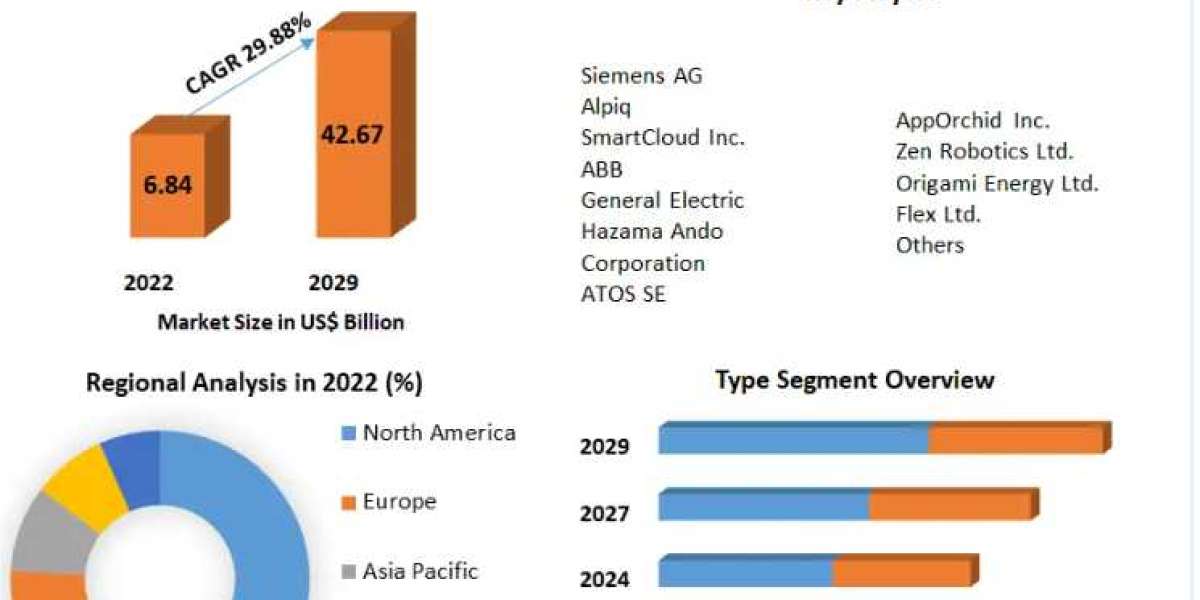Multiple Myeloma is a complex and incurable hematological malignancy characterized by the proliferation of malignant plasma cells in the bone marrow. The management of Multiple Myeloma has evolved significantly over recent years, driven by advances in research and the development of novel therapies. This article explores the changing landscape of Multiple Myeloma therapies, highlighting key trends and innovations shaping the market.
Advancements in Treatment Options
Historically, chemotherapy was the cornerstone of Multiple Myeloma treatment, with drugs like melphalan and cyclophosphamide being standard options. However, the limitations of traditional chemotherapy in achieving long-term remission have prompted the exploration of new therapeutic strategies. The emergence of targeted therapies and immunotherapies has marked a transformative shift in the treatment paradigm.
Targeted Therapies and Immunotherapies
The introduction of targeted therapies has significantly improved patient outcomes. Drugs such as proteasome inhibitors (bortezomib, carfilzomib) and immunomodulatory agents (lenalidomide, pomalidomide) have become integral to MM treatment regimens. These therapies work by specifically targeting the molecular pathways involved in the growth and survival of myeloma cells, offering a more precise approach compared to traditional chemotherapy.
Immunotherapies, particularly monoclonal antibodies and CAR-T cell therapies, represent another groundbreaking advancement. Monoclonal antibodies like daratumumab and elotuzumab have demonstrated remarkable efficacy in targeting specific antigens on myeloma cells. CAR-T cell therapies, which involve engineering patients' own T cells to recognize and attack myeloma cells, have shown promising results in clinical trials, providing a new avenue for treatment, especially for relapsed or refractory cases.
Combination Therapies and Personalized Medicine
The trend towards combination therapies has also gained momentum. Combining different classes of drugs, such as proteasome inhibitors, immunomodulatory agents, and monoclonal antibodies, has been shown to enhance efficacy and reduce the risk of drug resistance. Personalized medicine, which tailors treatment based on individual genetic and molecular profiles, is further optimizing therapy selection and improving outcomes.
Emerging Therapies and Clinical Trials
Ongoing research and clinical trials are continually expanding the arsenal of therapies available for Multiple Myeloma. New drug classes, including bispecific antibodies and novel epigenetic modifiers, are being investigated for their potential to offer additional treatment options and overcome existing challenges. The integration of new therapies into clinical practice will likely continue to shift the treatment landscape, offering hope for better disease management and long-term survival.
Unlock Insights with Our Market Research Reports – Explore Now!
Conclusion
The landscape of Multiple Myeloma therapies is rapidly evolving, moving beyond traditional chemotherapy to embrace targeted and immunotherapeutic approaches. Advances in treatment options, including novel drugs, combination therapies, and personalized medicine, are reshaping the management of Multiple Myeloma and improving patient outcomes. As research continues to uncover new therapeutic possibilities, the future holds promise for more effective and personalized treatments, ultimately enhancing the quality of life for individuals living with this challenging disease.
Latest Reports
Charcot-marie-tooth Disease Market
DelveInsight’s ‘Charcot-Marie-Tooth Disease Market Insights, Epidemiology, and Market Forecast 2032’ report deliver an in-depth understanding of the Charcot-Marie-Tooth Disease, historical and forecasted epidemiology as well as the Charcot-Marie-Tooth Disease market trends in the United States, EU5 (Germany, France, Italy, Spain, and the United Kingdom) and Japan.
DelveInsight’s comprehensive report titled “Listeriosis Market Insights, Epidemiology, and Market Forecast – 2034” offers a detailed analysis of Listeriosis. The report presents historical and projected epidemiological data covering incident cases of listeriosis, age-specific cases of listeriosis, gender-specific cases of listeriosis, risk-associated cases of listeriosis, and treated cases of listeriosis.
Dysfunctional Uterine Bleeding Market
DelveInsight's "Dysfunctional Uterine Bleeding Market Insights, Epidemiology, and Market Forecast-2032" report delivers an in-depth understanding of the Dysfunctional Uterine Bleeding, historical and forecasted epidemiology as well as the Dysfunctional Uterine Bleeding market trends in the United States, EU5 (Germany, Spain, Italy, France, and United Kingdom) and Japan.
Mrna Based Vaccines And Therapeutics Market
DelveInsight's "Global Messenger RNA (mRNA)-based Vaccines and Therapeutics- Market Insights, Epidemiology, and Market Forecast-2032" report delivers an in-depth understanding of the Global Messenger RNA (mRNA)-based Vaccines and Therapeutics, historical and forecasted epidemiology as well as the Global Messenger RNA (mRNA)-based Vaccines and Therapeutics market trends in the United States, EU5 (Germany, Spain, Italy, France, and United Kingdom) and Japan.
DelveInsight's "Papilloma Market Insights, Epidemiology, and Market Forecast-2032" report delivers an in-depth understanding of the Papilloma, historical and forecasted epidemiology as well as the Papilloma market trends in the United States, EU5 (Germany, Spain, Italy, France, and United Kingdom) and Japan.
DelveInsight's "Periodontal Disease Market Insights, Epidemiology, and Market Forecast-2032" report delivers an in-depth understanding of the Periodontal Disease, historical and forecasted epidemiology as well as the Periodontal Disease market trends in the United States, EU5 (Germany, Spain, Italy, France, and the United Kingdom) and Japan.






